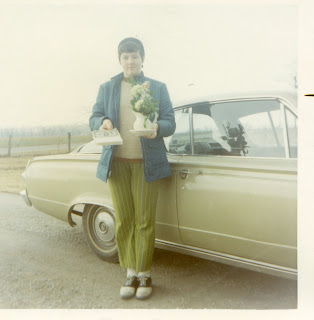It's 3 AM. Do you know where all your data is?

The other day we found a box that had been packed when we moved from Ohio to Maryland some four and a half years ago. As I was unpacking it, I found a thumb drive (USB Jump Drive) that had been in that box for four years. It got me thinking. Did I even remember it was missing? I received my first computer in 1989. It was a hand-me-down from someone that I had dated at the time, who worked with computers. I can't tell you the name of the machine - it was something from a minor manufacturer - except it ran DOS and was really limited, came with a green on black CRT and about the only thing it was good for was word processing, and even at that, was pretty useless. My first REAL computer was in 1992, and it ran Windows. Then came the next computer, and the next, and then a new one approximately every three years. Windows 3.1, Windows 95, Windows 98, Windows ME, Windows 7 and now Windows 10. And those are just the desktops. There were laptops, too - used f...











